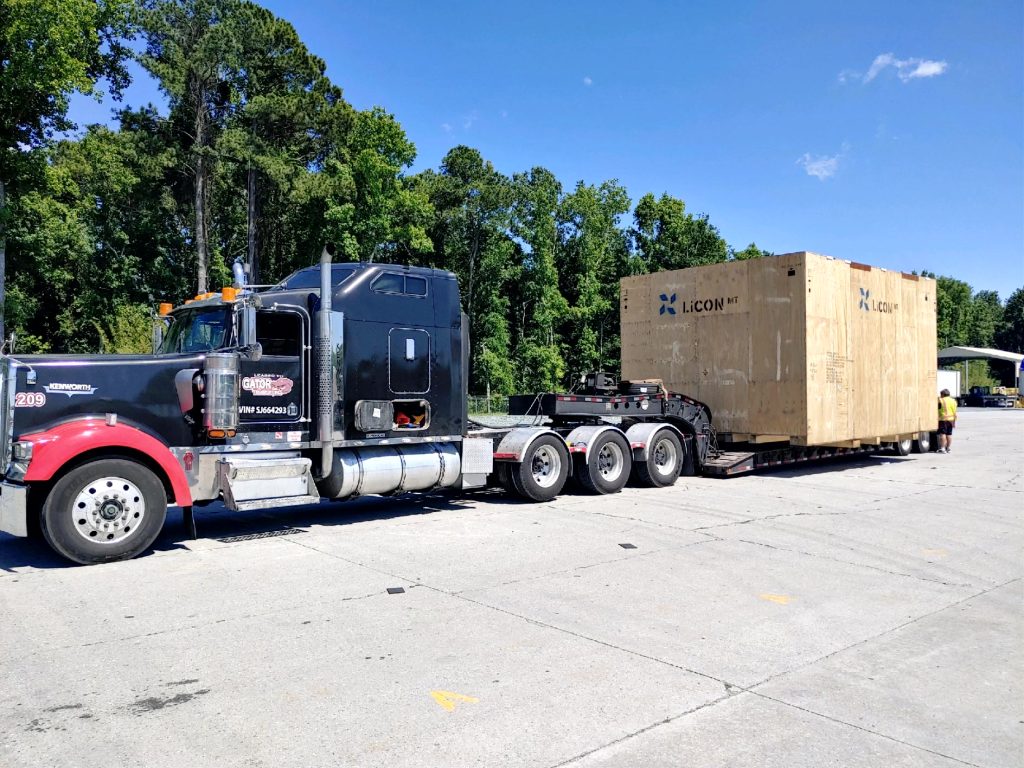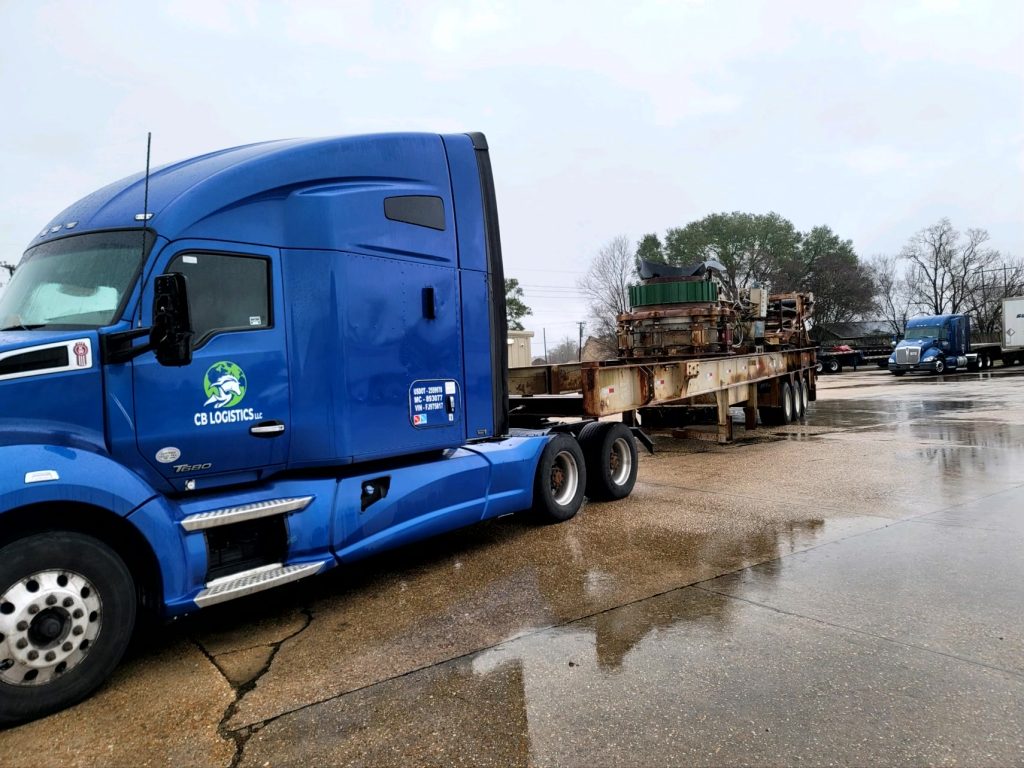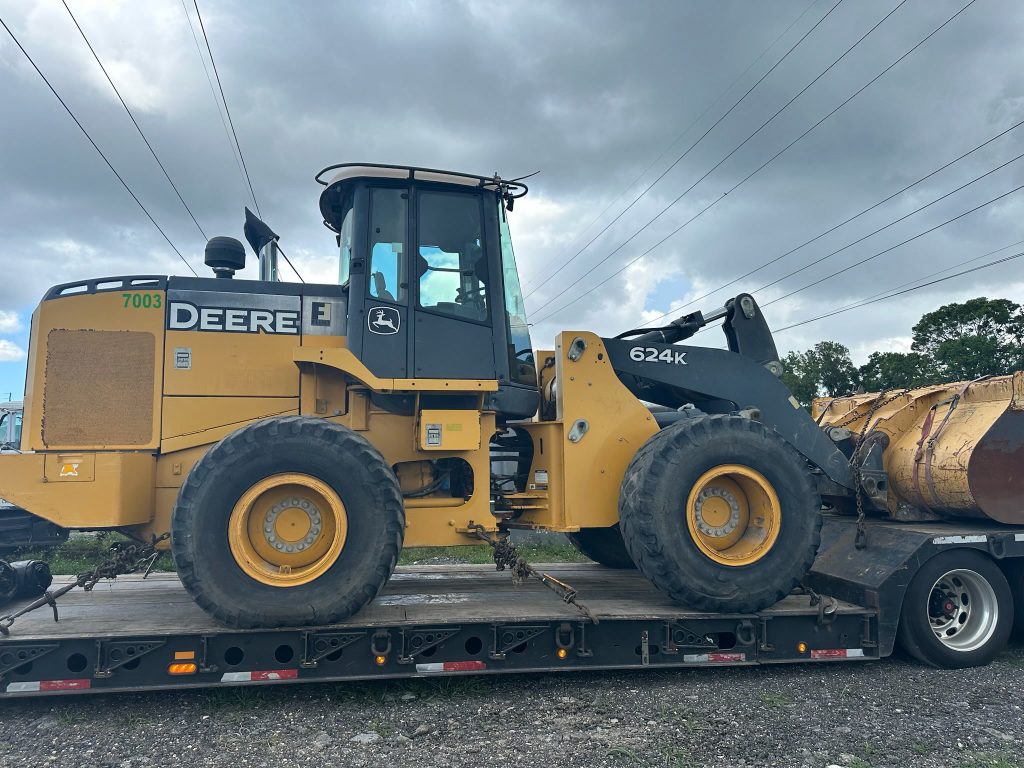Washington Truck Weight Limits
Freedom Heavy Haul can offer expedited Pickup and Delivery for any size shipment anywhere in the USA. Contact us today for No Hassle, No Pressure Pricing.
Truck weight limits are a crucial aspect of road safety and infrastructure maintenance. In Washington, these regulations are not only essential for maintaining road conditions but also for ensuring the safety of all road users. This article explores the various aspects of Washington truck weight limits, detailing the regulations, their enforcement, and the impacts of adherence and non-compliance.
Washington Truck Weight Limits Regulations
The regulation of truck weights is a critical component in the management of roadways, essential for safe and compliant heavy haul transport in Washington. Weight limits are established to prevent damage to the road surface and structures like bridges, and to ensure safe travel for all vehicles. In Washington, specific rules and standards are set to govern the weight of trucks, reflecting the state’s commitment to road safety and infrastructure preservation.
Importance of Weight Limits
In conclusion, Missouri’s truck weight limits are a critical aspect of road safety and infrastructure maintenance, integral to ensuring safe and compliant heavy haul transport in Missouri. Additionally, heavier trucks have longer stopping distances and are more challenging to control, raising the risk of accidents. Thus, setting and enforcing weight limits is vital for public safety and economic efficiency.

Overview of Washington’s Regulations
In Washington, the regulations are detailed and designed to cater to various types of trucks and cargo. The state stipulates maximum weight limits for single and tandem axles, as well as a total gross vehicle weight. There are also specific conditions where exceptions to these limits are applicable.
Comprehensive Axle Weight Guidelines
Washington’s axle weight guidelines are a cornerstone of its truck regulation framework. These rules define the maximum weight that can be carried by single and tandem axles, ensuring heavy haul transport in Washington is conducted safely.
Single and Tandem Axle Weight Limits
The state mandates that no single axle of a truck should bear more than 20,000 pounds, while a tandem axle – a pair of axles spaced closely together – is limited to 34,000 pounds. These limits are designed considering the engineering capabilities of modern roads and bridges, balancing the need for efficient transportation with that of infrastructure preservation.
Specialized Axle Considerations
Beyond standard axles, Washington also considers specialized configurations like two-tire and steer axles, each with their unique weight limits. This nuanced approach caters to different truck designs and usage scenarios, accommodating a wide range of transportation needs while maintaining safety and infrastructure integrity.
Gross Vehicle Weight Standards
The gross vehicle weight (GVW) is the total weight of the truck, including its cargo, fuel, and other equipment. This overall weight is critical as it directly impacts the stress exerted on road surfaces and structures.
Defining Gross Vehicle Weight (GVW)
GVW is a comprehensive measure that encompasses all aspects of a truck’s weight. In Washington, this measurement is used as a benchmark to ensure that trucks do not exceed safe weight limits, taking into account not just the cargo but also the weight of the vehicle itself.

Washington’s Maximum GVW Limits
The state sets a maximum GVW limit of 105,500 pounds for trucks, reflecting the stringent standards for heavy haul transport in Washington. This limit is among the highest in the United States, reflecting Washington’s infrastructure capabilities and its commitment to facilitating robust commercial transportation.
Exceptions and Specific Cases
While Washington’s weight limits are stringent, the state recognizes that certain transportation scenarios may require exceptions. These exceptions are granted under specific conditions to accommodate unique transportation needs without compromising road safety and integrity.
Overview of Tire-Related Exceptions
One notable exception is related to tire size. Trucks equipped with larger tires – specifically, single pneumatic tires of certain dimensions – are allowed to carry more weight on a single axle. This is because larger tires distribute weight more evenly, reducing the pressure exerted on a specific point of the road.
Impact and Justification for Exceptions
These exceptions are grounded in engineering principles. Larger tires, by virtue of their design, can handle more weight without compromising safety. By allowing these exceptions, Washington accommodates special transportation needs, such as heavy machinery transport, while still prioritizing road safety and longevity.
Enforcement and Compliance Strategies
Enforcement is key to the effectiveness of weight limits, and is a critical component of safe and compliant transport in Washington. In Washington, various strategies are employed to ensure compliance, ranging from weigh stations to on-road inspections. These measures help maintain road safety standards and prevent undue wear on infrastructure.

Methods of Weight Limit Enforcement
Washington utilizes a network of weigh stations and portable scales to monitor and enforce truck weight limits. Compliance checks are conducted regularly, and advanced technology is often employed to streamline these processes and increase their accuracy.
Implications of Non-Compliance
Non-compliance with weight limits carries serious consequences. Fines and penalties are imposed to deter overloading. Repeated violations can lead to more severe repercussions, including license suspension. These measures underscore the importance of adhering to weight regulations.
Impact on Infrastructure and Public Safety
TThe relationship between truck weights, road durability, and safety cannot be overstated, highlighting the importance of safe heavy haul transport in Washington. By regulating truck weights, Washington not only extends the life of its roadways but also enhances the safety of all who use them.
Truck Weights and Road Durability
Excessive weight from trucks can lead to accelerated road wear, increasing maintenance costs and causing disruptions. By setting weight limits, Washington seeks to optimize the lifespan of its roads and reduce the frequency and cost of repairs.
Importance of Limits for Safety
Safety is a primary concern. Heavier trucks are harder to maneuver and stop, increasing the risk of accidents. Washington’s weight limits are crucial in minimizing these risks, ensuring that trucks are not only roadworthy but also safe for all road users.
Conclusion
Washington’s truck weight limits represent a well-balanced approach to road safety and infrastructure management. Adherence to these regulations is vital for the longevity of the state’s roadways and the safety of its inhabitants. By understanding and complying with these limits, truck operators contribute to a safer and more efficient transportation system.
The critical role of adhering to weight limits cannot be overstated. It is a responsibility shared by truck operators, regulatory authorities, and the public at large, each playing a part in maintaining the integrity of Washington’s roads and the safety of its communities.







